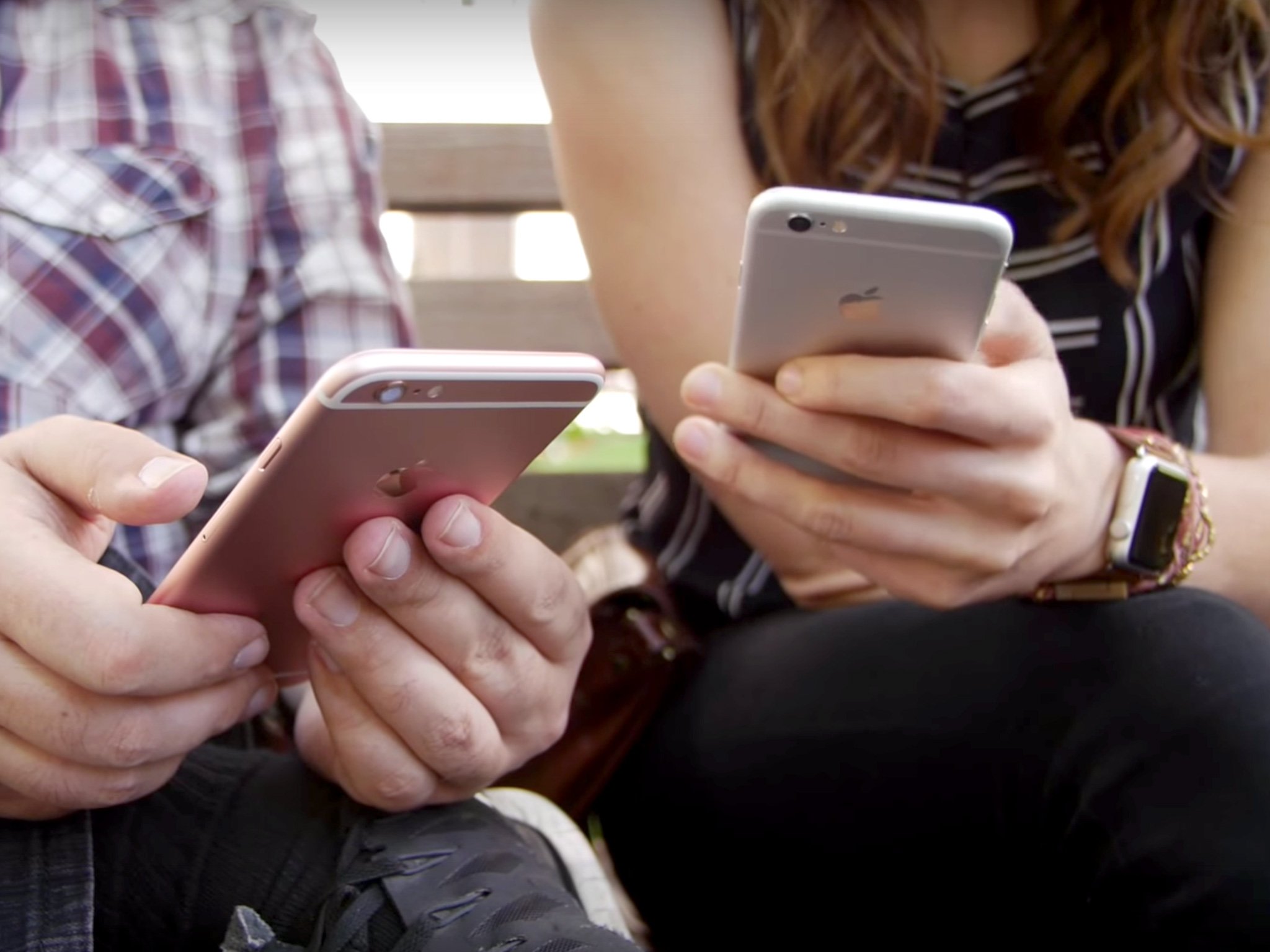The iPhone 4s brought us the Siri virtual assistant. The iPhone 5s brought us the Touch ID fingerprint identity scanner. Both, transformative. The same is true of 3D Touch on the iPhone 6s and iPhone 6s Plus.
3D Touch
Technologically, it makes multitouch multidimensional and take the capacitive screens we've been enjoying since the original iPhone to a whole new level. Or rather, depth. With 3D Touch, you don't just swipe and tap anymore. You press. And thanks to the Taptic engine, you feel like you're pressing.
Functionally, it makes the iPhone faster and more convenient. Instead of tapping an icon to launch an app, you press to jump right into it.
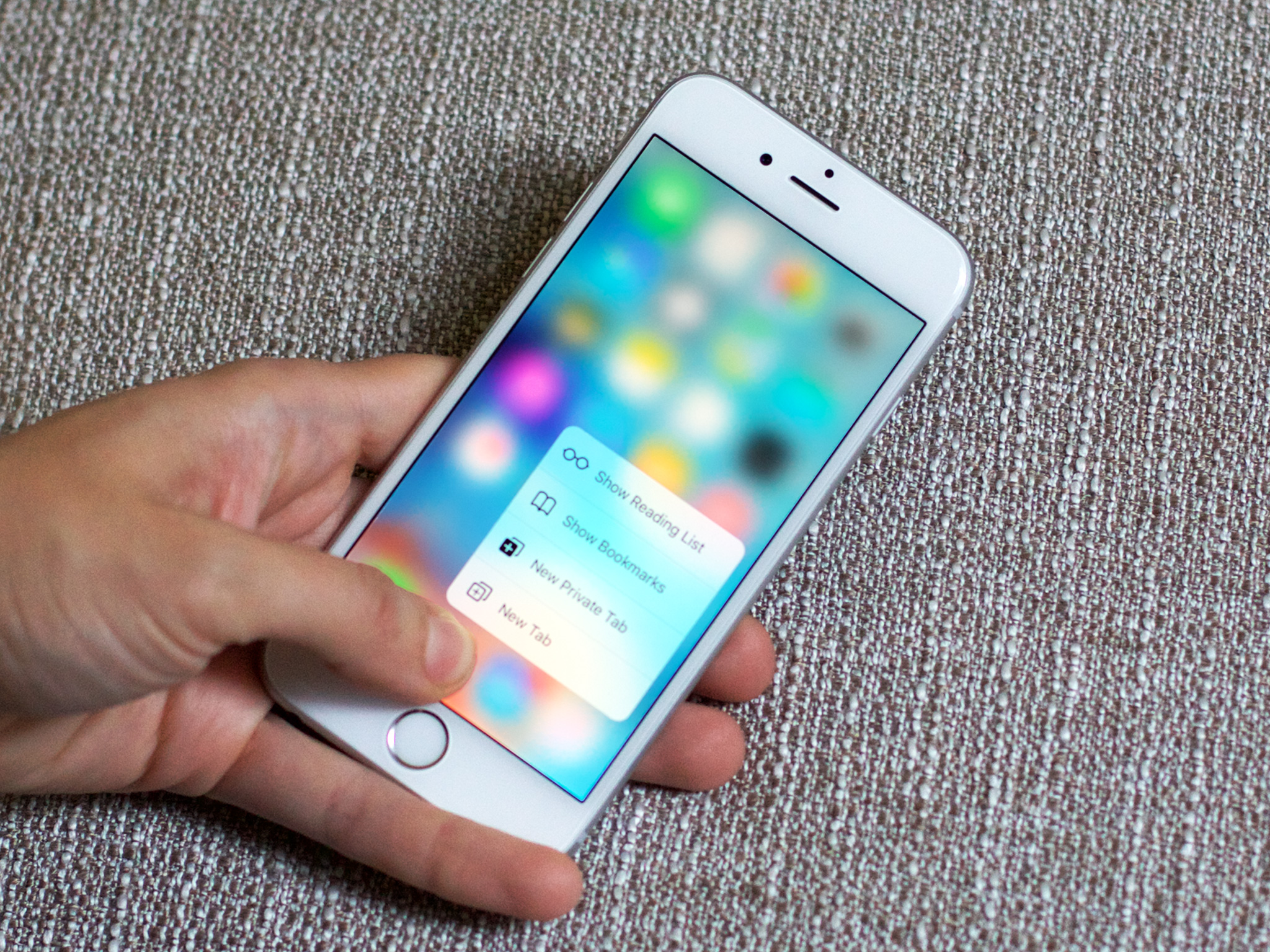
Apple calls these Quick Actions; you can have up to four per app icon. They can be static for tasks you do all the time, like taking a selfie or getting directions home. They can also be dynamic, so you can go straight into a recent text chat. Instead of tapping back and forth to read mail or preview maps or web pages, you can press into list items or links to peek at them, lighten up to back out, or press deeper to pop right in.
Previews and actions can even be combined together: When you peek, you can swipe up to get a list of quick actions and tap on them immediately. You can even swipe sideways in Mail to quickly triage on the go.
You can press the keyboard to turn it into a trackpad, the side of the screen to switch back to previous app, a Live Photo to animate it, and the list goes on. Apple has also given developers direct access to the dynamic pressure sensitivity data, as shown off in the new Notes app. That'll be great for everything from drawing to gaming.
It does take some getting used to. The difference between a tap, long press, and 3D Touch can be tricky at first. But the haptics and interface are well tuned and once you get the hang of it, it's like you have a warp tunnel through iOS. It accelerates everything.
Cameras
The cameras have seen substantial improvements as well: The rear iSight is now 12 megapixels with "deep trench isolation" to make sure those new pixels produce crisp, clean images.
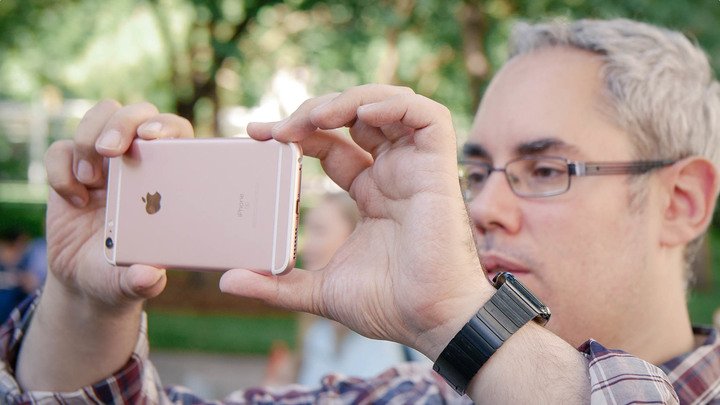
It also shoots 4K video.
Not by default—you have to enable it—and many people won't need it. But for pros, being able to shoot—and more importantly zoom, stabilize, and crop—with that many pixels is a huge benefit.
The front FaceTime camera is now 5 megapixels and it comes with a special chip that lets the Retina display flash at three times brightness—the equivalent of a TrueTone flash.
The iPhone 6 still lacks the optical image stabilization of the 6s Plus, but the 6s Plus can now use its OIS for rock-steady video.
Live Photos
They can also both take Live Photos. They're not videos but 12 megapixel captures 1.5 seconds before and after, so that when you transition or 3D Touch them, they animate and come to life.
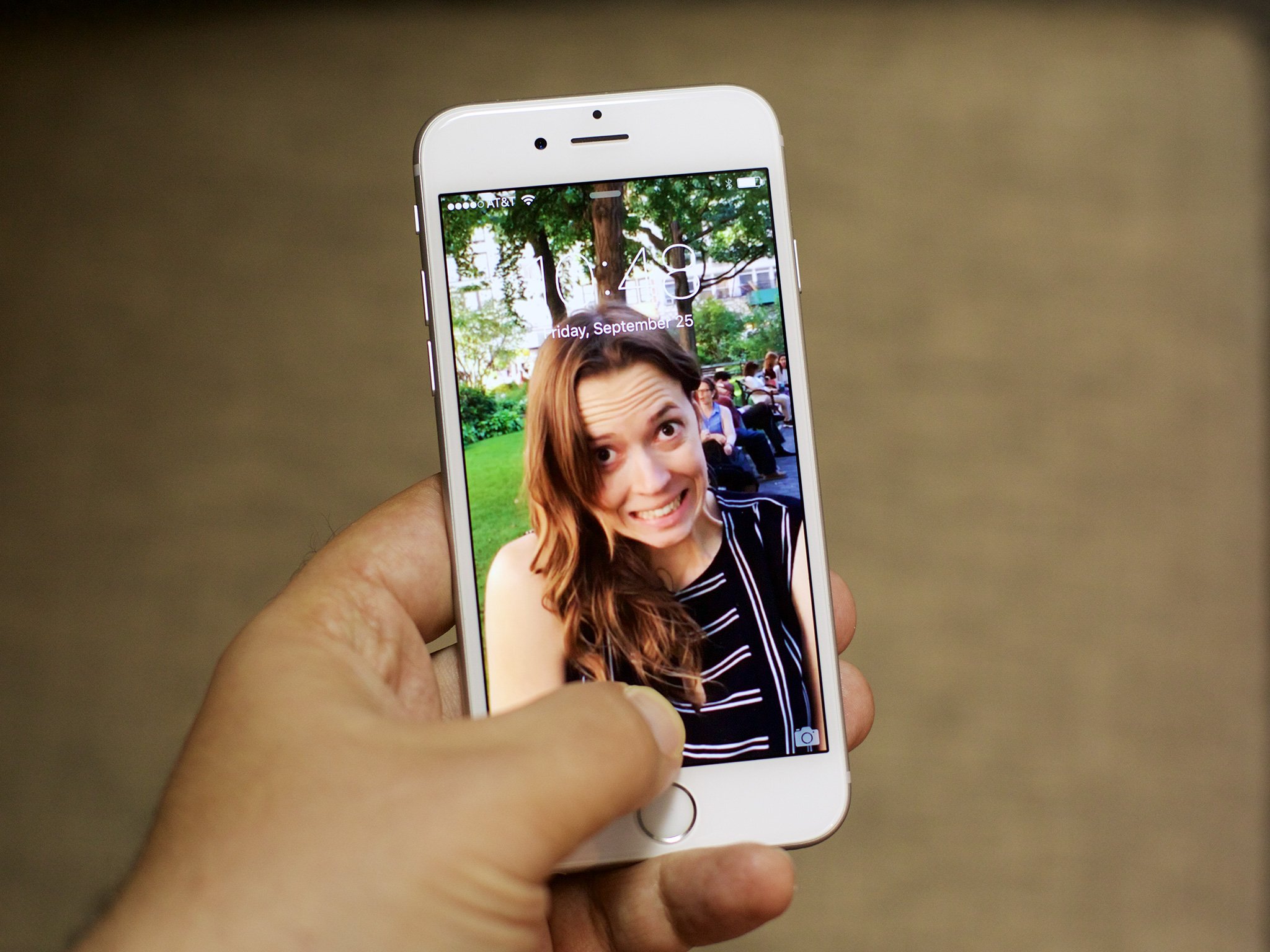
Again, it takes practice to nail the timing and make sure you get the beginning and end of a smile, cheer, stumble, flare, or twirl, but when you do…. magic.
You can use Live Photos as wallpapers on your iPhone or Apple Watch, and share them to the Mac when OS X El Capitan launches at the end of September.
Apple will be making it easy for developers to add Live Photos to apps as well, but like with any new technology we'll have to wait to see how far and how fast it spreads.
Touch ID + Apple A9
The Touch ID sensor is now in its second generation and quicker than ever, and the Apple A9 chipset is significantly faster. 70% for processing and 90% for graphics. It's the kind of results you get when you don't have to support multiple architectures and you can match the silicon directly to the software.
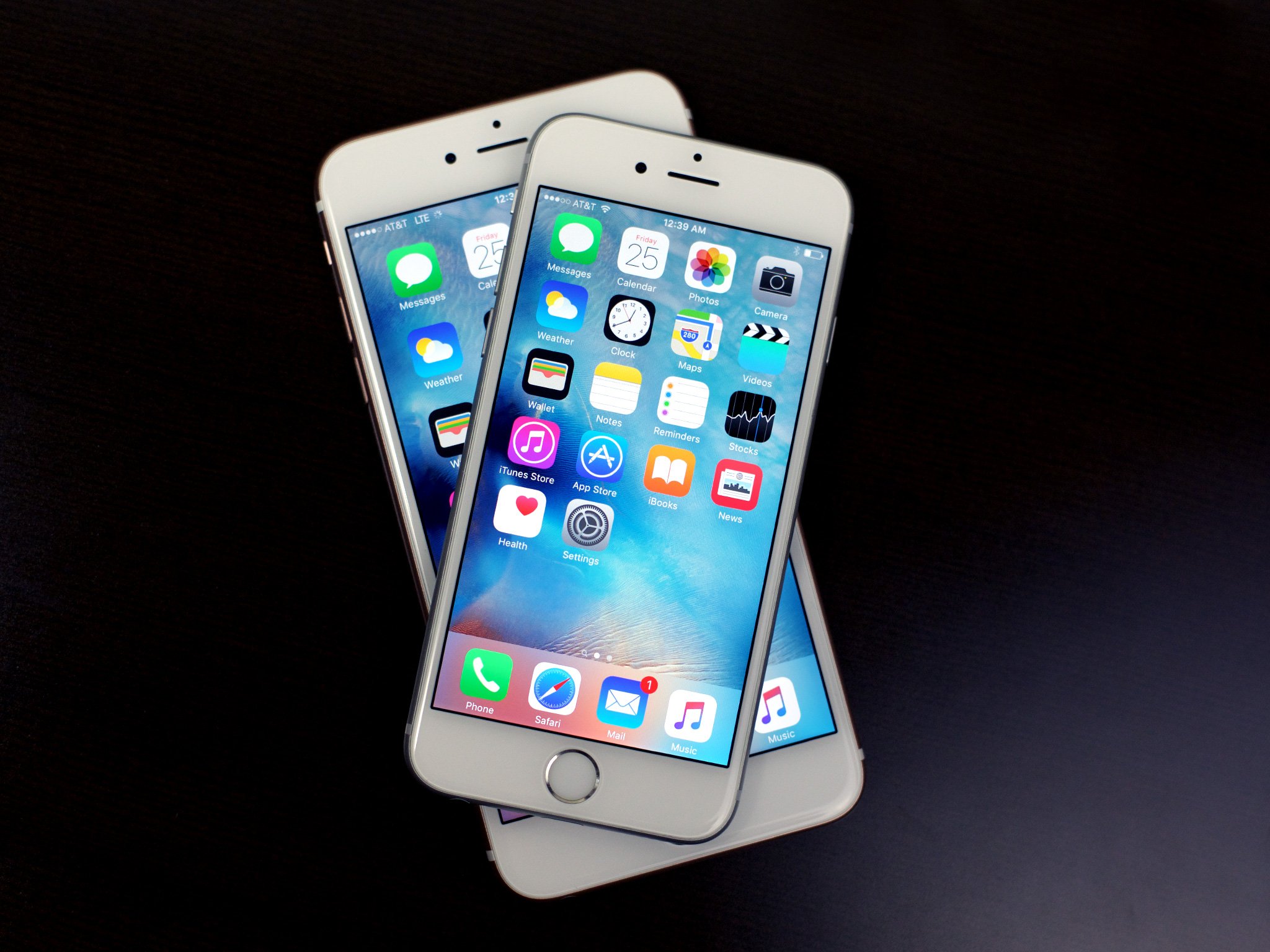
It also directly integrates the new M9 coprocessor, making motion and fitness tracking more energy efficient and enabling—optionally—"Hey Siri!" even when you're not plugged in.
Same with the radios. LTE has gone to 23-bands, including band 12 in the U.S., and up to 300 megabits per second on LTE Advanced. Bluetooth is now 4.2 and Wi-Fi can go to 866 megabits per second on 802.11ac.
Design + rose gold
While the iPhone 6s and iPhone 6s Plus may look like last year's models, to support the increased pressure of 3D Touch they're now made out of stronger 7000 series aluminum and the glass has been hardened with a new dual ion-exchange process for added durability.
And it comes in rose gold.
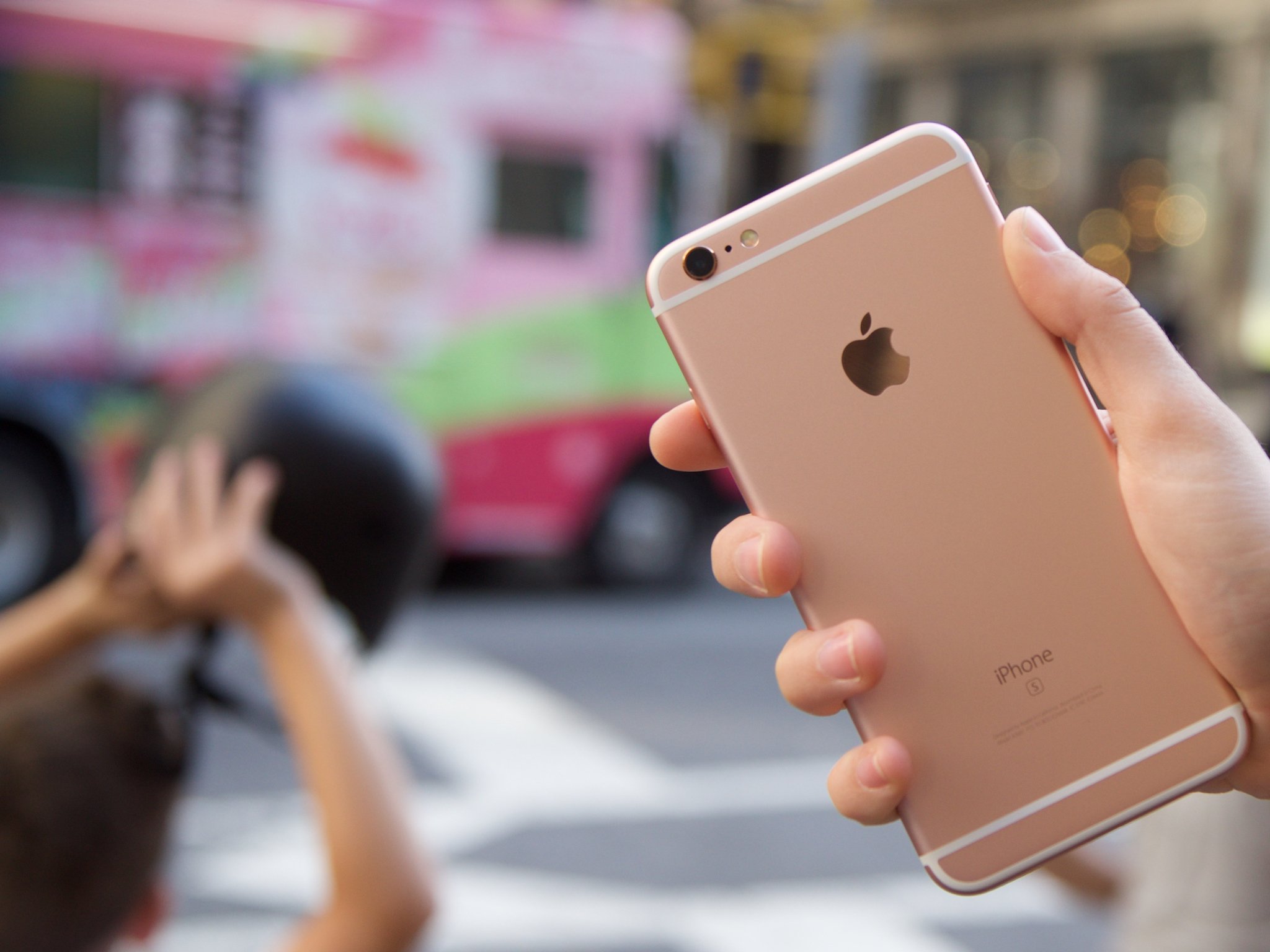
It's more rose than gold. Truthfully, it's metallic pink. But it's restrained pink. Like Apple's gold has always been more of a champagne. It's warm but not hot and while it may not be for everyone, it will be for everyone who wants to make a statement. It also shows, once again, how a new color can prompt just as much interest as a new design.
The displays are still 4.7-inches and 5.5-inches, so those hoping for a return of the smaller phone sizes will have to keep hoping for at least another year.
Likewise those demanding thicker phones. Battery geometry isn't like pumping frosted filling. Adding more mass, thermal insulation, and RF interference for minimal power isn't a smart tradeoff. And lightness is absolutely essential for usability. You can add a rugged case or power pack when you need it. You can't tear off half your phone when you don't.
That's why Apple's sticking with the essentials and continuing to use software advances like universal gestures and 3D Touch to improve one-handed use, and facedown detection and low power mode to maintain battery life—even with a battery made slightly smaller to fit the Taptic Engine.
Should you upgrade?
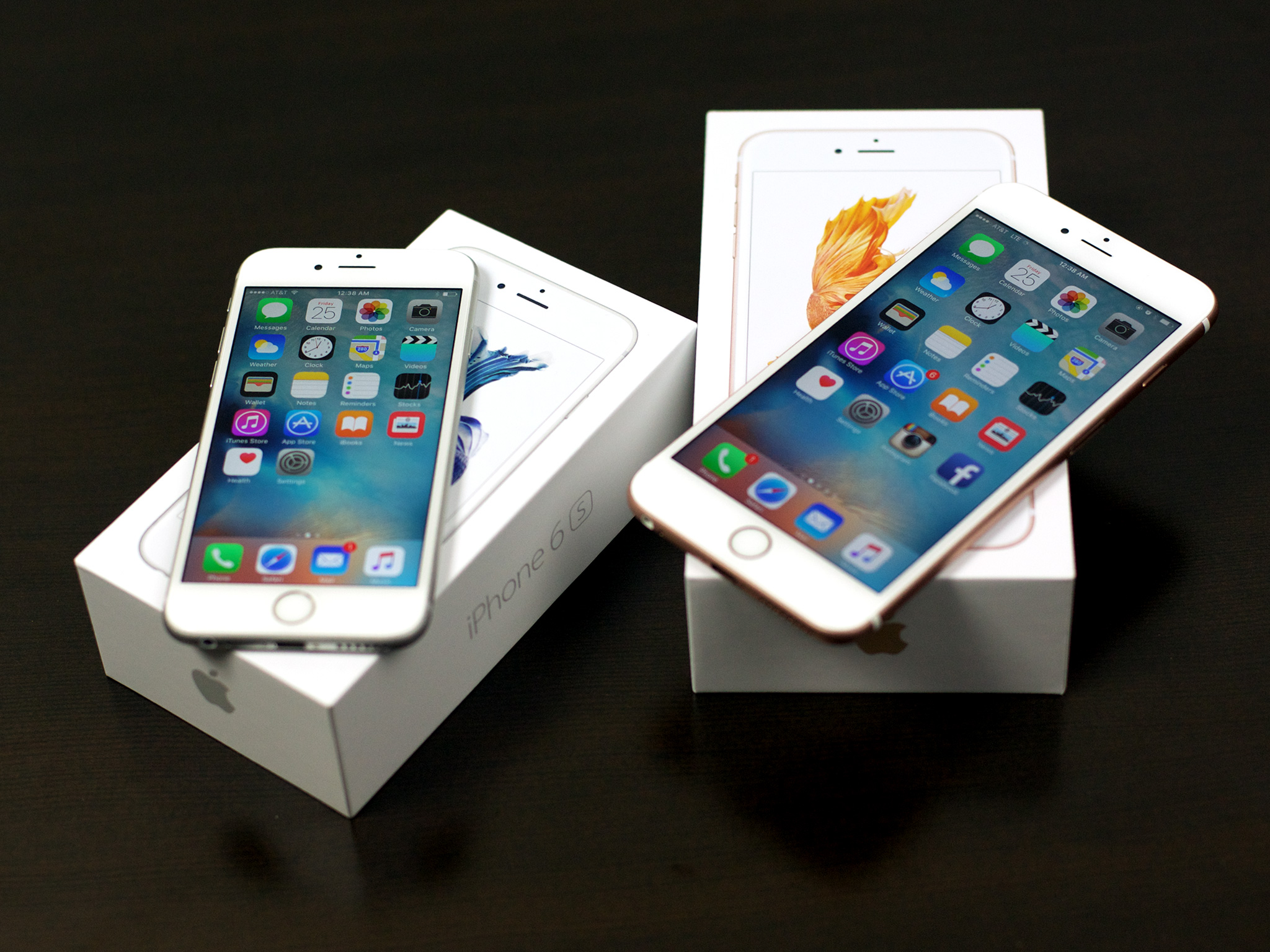
If you have an iPhone 4s or one of the iPhones 5, it's a major upgrade and you should strongly consider it.
If you have an Android phone and Apple's security, privacy, ecosystem, and ease of use have become increasingly compelling to you, thanks to the new Move to iOS app, switching has never been easier.
If you have an iPhone 6 or iPhone 6 Plus, it'll come down to how badly you want 3D Touch and that new camera, and how enticing the new yearly upgrade plans are to you.
Apple calls iPhone 6s and iPhone 6s the most advanced phones ever. What matters, though, is that they're among the most thoughtful and useful.
That's why, for most people, most of the time, the iPhone remains the best phone you can buy.
More to come!
We'll be back with in-depth iMore-style reviews of the iPhone 6s and iPhone 6s Plus shortly. So, if you have any questions, let us know!

Rene Ritchie is one of the most respected Apple analysts in the business, reaching a combined audience of over 40 million readers a month. His YouTube channel, Vector, has over 90 thousand subscribers and 14 million views and his podcasts, including Debug, have been downloaded over 20 million times. He also regularly co-hosts MacBreak Weekly for the TWiT network and co-hosted CES Live! and Talk Mobile. Based in Montreal, Rene is a former director of product marketing, web developer, and graphic designer. He's authored several books and appeared on numerous television and radio segments to discuss Apple and the technology industry. When not working, he likes to cook, grapple, and spend time with his friends and family.
